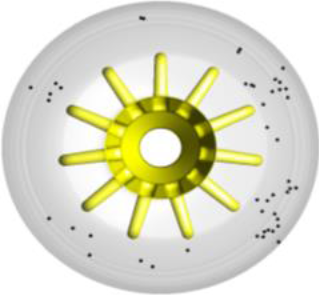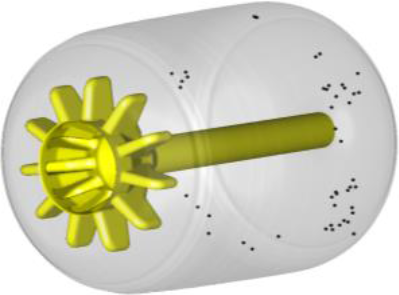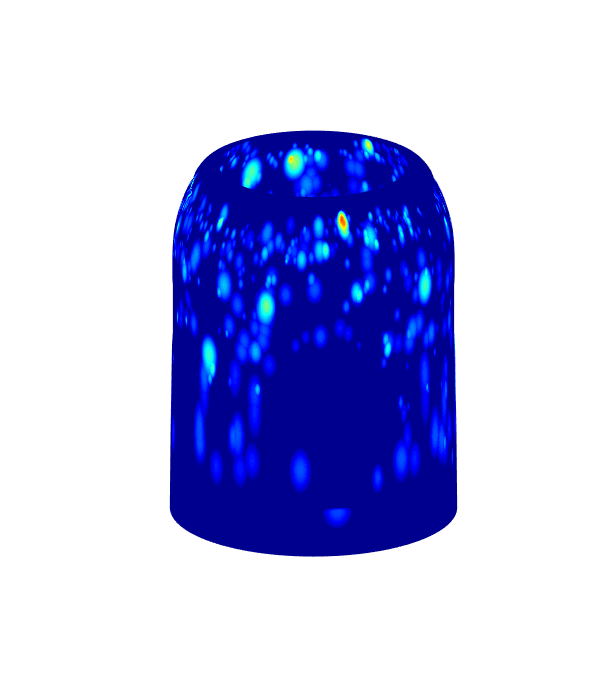The modeling activity on Solid Rocket Booster covers several aspects affecting the performance of a motor, dealing both with the nominal performance and with the evaluation of the effects caused by defects and manufacturing issues. In the design and development of a new solid propellant rocket motor (SRM), the use of numerical tools able to simulate, predict and reconstruct the behavior of a given motor, in all its operative conditions is crucial: more accurate performance predictions would reduce the need of expensive testing, thus decreasing the cost of development for each SRM. The main factor influencing the combustion chamber pressure, and hence the thrust, is the time evolution of the burning surface and the surface regression rate. In the real motor a lot of factors affect the propellant combustion resulting both in propellant rate variation from the expected theoretical one and thermal protections exposure prior than expected. The simulation tool that has been developed al Alma Propulsion Laboratory is capable to evaluate both the ideal combustion surface regression and the evolution that takes place when defects (like for example air inclusions, debondings, …) are present.

The research activities held within the laboratory brought to the development of a simulation tool, namely RoBoost, capable to evaluate the complete performance of a Solid Rocket Booster thanks to these simulation modules/characteristics:
3D evolution of the combustion surface.
Internal ballistic 1D non-stationary simulation
Evaluation of the effects produced by thermal protection ablation
Capability to take into account the effect of grain anisotropies
Simulation of the manufacturing process in order to estimate grain anisotropies
Propellant particle packing and its influence on the grain regression speed

Defects mapping on a SRB

Effects on thermal protection exposure time